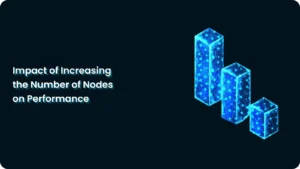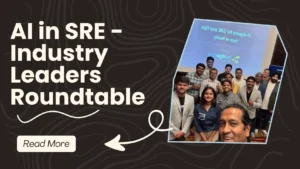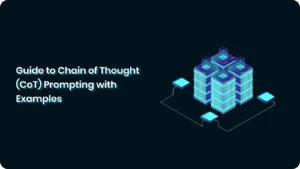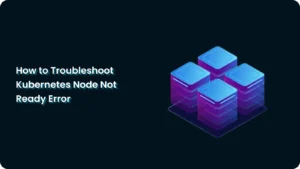The Hidden Costs of Manual Incident Response & How AI Can Fix It

Discover how manual incident response drains revenue, morale, and time, and how AI-driven SRE Assistants help reduce downtime and unlock engineering velocity.
For many SRE and Ops teams, incident response still feels like a manual chore, even though we have dashboards, logs, and alerts pouring in from every corner of the stack.
Manual incident response is more expensive than most leaders realize. Not just in direct downtime costs, but in wasted engineering hours, constant context-switching, and team burnout.
How Manual Response Drains You
1. Downtime and Lost Revenue
Every extra minute spent hunting logs and jumping between dashboards adds up. We’ve seen teams spend 3–5 hours per major incident, each costing thousands in lost revenue, especially during peak usage windows.
The frustrating part is that so much of that is repetitive:
- Context is fragmented.
- Alerts lack real-time correlation.
- Fixes rely on tribal knowledge locked in someone’s head.
- Manual recovery varies wildly between incidents and engineers, creating gaps, duplicate work, and costly mistakes that drag out downtime.
2. Root Cause Analysis Loops That Never Close
Ask any on-call engineer, the same issue comes back again and again. Why? Because manual RCA is messy:
- It’s often done under pressure.
- It relies on assumptions, not correlation.
- Post-incident learning rarely makes it back into workflows.
- Knowledge stays siloed. Postmortem insights often get buried in docs or people’s heads, so other teams repeat the same mistakes.
A cloud-native SaaS we worked with tackled this by layering AI-powered correlation on top of their existing observability stack. The result? Recurring incidents dropped by 50% in six months.
3. Burnout and Alert Fatigue
This is the hidden tax on every Ops team. Manual triage means more false positives, more 2 AM calls, and more weekends lost to babysitting known failure modes.
When smart teams automate repetitive parts like detection, RCA, and known fix deployment they unlock bandwidth for what engineers actually want to do: design better systems, harden security, or optimize cloud costs.
How Automation Changes the Game
Most teams think they have “automation” because they have alerts. But alerting isn’t automation, it’s just a signal. True incident response automation means your system can detect, correlate, act, and learn without making a senior engineer stitch it together at 2 AM.
Think of it like this:
- Detect: AI agents analyze signals across logs, metrics, and traces in real-time.
- Correlate & Analyze: NLP-powered root cause workflows summarize likely causes and suggest next best actions right in Slack or your ticketing tool.
- Act: For known issues, pre-approved remediations run instantly.
- Learn: Every fix updates your knowledge base so you don’t see the same fire twice.
NudgeBee Agentic AI Assistants
NudgeBee’s specialised AI Troubleshooting, FinOps & CloudOps Assistants and 30+ ready-to-go agents work alongside your stack, correlating signals, automating fixes, and freeing your engineers to focus on what really matters.
Teams using agentic workflows with NudgeBee have seen up to 40% lower MTTR and fewer 2 AM escalations waking up your best engineers.
Plug-in your infra and reduce the unseen manual incident response costs. Sign up or book a demo with founders.





